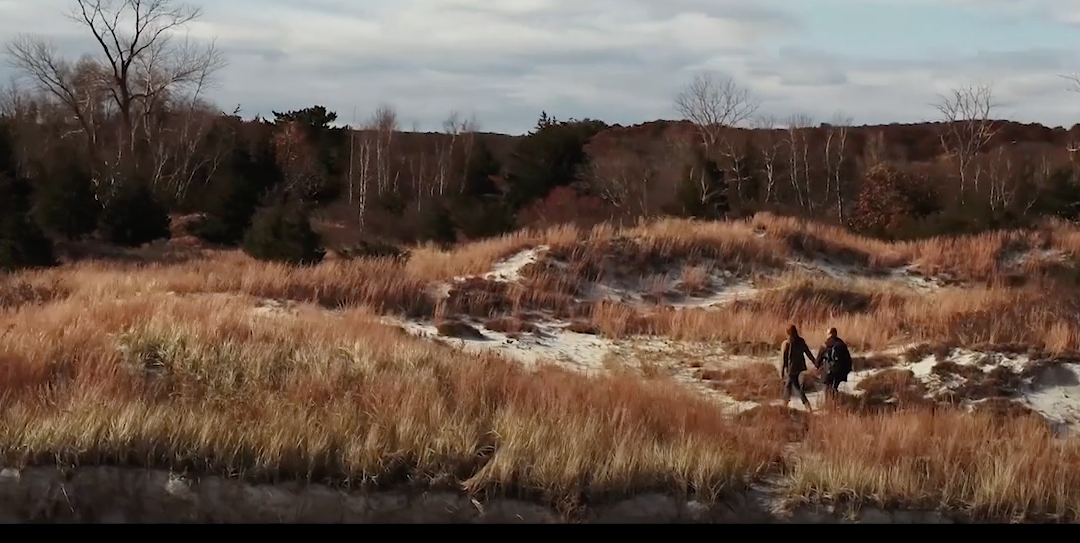Crace’s combination of an awful picnic and murder is not your average picnic. But Being Dead’s readers often find it so appealing that they search for Baritone Bay, where the central characters are murdered. There is no telling where they search because it is fiction. Similarly, many readers search for the missing schoolgirl in Picnic at Hanging Rock even though that story is fiction too.)
Joseph and Celice, both zoologists (he’s 52; she’s 55), have returned to picnic on the shore of Baritone Bay. It’s a tender experience full of memories of a tragic incident when they were graduates on a field trip. At the time, Joseph and Celice left their colleagues to make love in the grass. While they were gone, the hut the others were sleeping in burned, and all were killed. The intense guilt of their escape has haunted them for decades.
The picnic is a weak attempt at reconciliation. Now middle-aged, they feel safe enough to make a return after almost thirty years. Problematically, their marriage has decayed. Celice is sexually dissatisfied with Joseph and hunts new partners for the thrills.
They pack sandwiches, biscuits, and wine. They relax, eat, and make love. Momentarily at peace, they are stalked by a maniac, who senselessly bludgeons them to death.
Crace suggests that we are subject to nature’s opportunistic, violent, and amoral elemental forces. So, when Joseph and Celice are murdered, it’s part of nature’s scheme. However, in this instance, it is an act without a purpose other than murder, and when the murderer leaves their bodies, he mutters, “They’d brought this bad luck on themselves.”
At this point, another picnic begins that is ecologically clinical. It’s not for the squeamish, as Crace describes how Joseph and Cilice’s bodies become picnic fodder for shore critters and birds. Beetles, crabs, birds, and crab flies looking for glucose sources are opportunists, and after nine days, when their picnic is over, little trace of Joseph and Celice remains.
With macabre glee, Crace’s narrator writes: “Good weather brings bad luck, as everybody knows. Misfortune is a hawk, most likely to surprise us when visibility is good. Death likes blue skies. Fine weather loves a funeral . . . The doctors of zoology were ill-informed. They misunderstood the rigours of the natural world.”
Featured Image: John Myers. Being Dead (2020
See Jim Crace. Being Dead. New York: Farrar, Straus, and Giroux, 1999; Adam Begley “Jim Crace, The Art of Fiction,” No. 179,” The Paris Review, Fall, 2003; http://www.theparisreview.org/interviews/122/the-art-of-fiction-no-179-jim-crace; John Myers. Being Dead (2020). Screenplay John Myers based on Jim Crace’s novel (1999)

